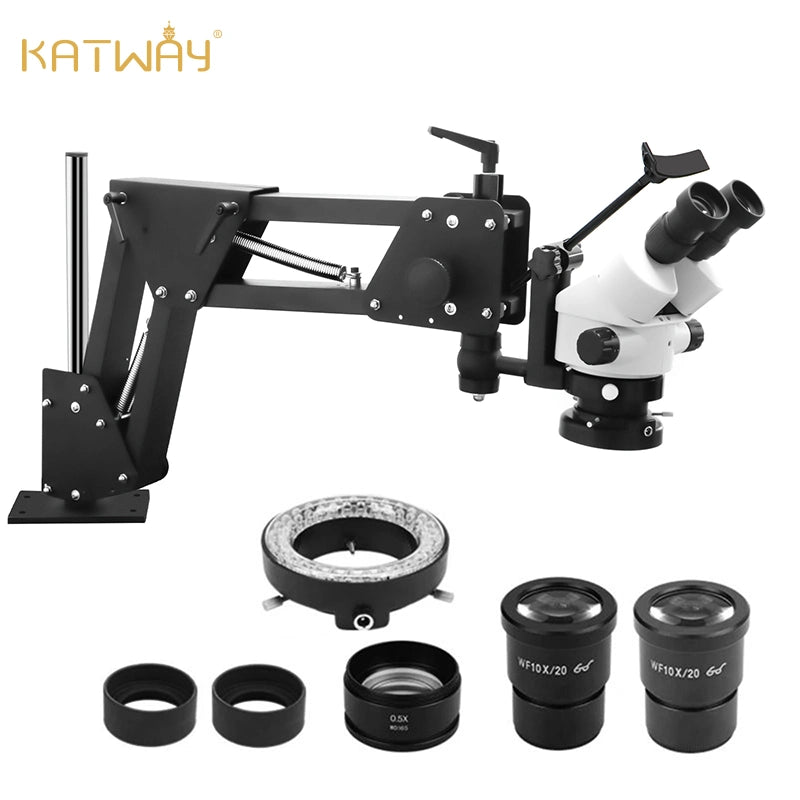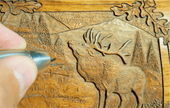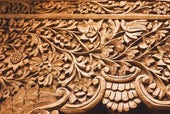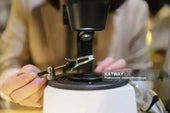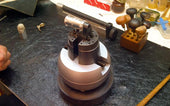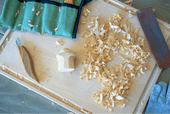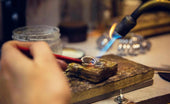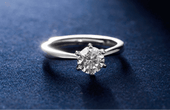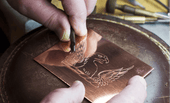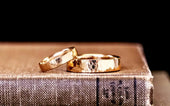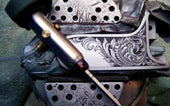Exploring the Charm of Freshwater Pearls
In the embrace of nature, there are countless amazing treasures, and "pearls" are one of them. As an organic gemstone, pearls have been regarded as rare treasures since ancient times. According to geological and archaeological research, pearls existed on Earth 200 million years ago.
In fact, pearls are products of some mollusks in the class Lambranchia, whose specific epithelial cells secrete calcium carbonate, mainly composed of aragonite and calcite bonded together by shell hard proteins. This mixture is called true pearl quality. The unique luster of pearls is actually caused by the reflection and diffraction of light on these transparent layers of pearl. The thinner and more the layer of pearl, the more beautiful the luster. The fluorescence of some pearls is formed by the continuous refraction of incident light by different layers of pearl. Generally, pearls are white, sometimes with a beige or pink luster, and some pearls have yellow, green, blue, brown, or black colors. Black pearls are particularly expensive due to their rarity.
Pearl, with its unique elegant charm, has become a symbol of people's pursuit of beauty and elegant temperament. These gemstones nurtured by life are not only a gift from nature, but also a source of inspiration for fashion and art. Pearls are generally used in the jewelry and treasure industry. Freshwater pearls refer to pearls produced in rivers and streams. It has excellent skincare effects, which can whiten, lighten spots, and nourish the skin. The difference between freshwater pearls and seawater pearls is that freshwater pearls are nucleated pearls, while seawater pearls are nucleated pearls. Therefore, freshwater pearls are the best raw material for beauty pearl powder.

The formation of pure natural freshwater pearls
Freshwater pearls are different from seawater pearls, mainly produced in clams found in inland lakes or rivers. When foreign objects enter the interior of the shell, mussels secrete nacreous material to wrap around the foreign object, preventing it from causing harm to themselves. This process will last for several years, eventually forming what we call pearls. Every pearl is unique, with different shapes, sizes, and colors, which is what attracts them.

The characteristics of pure natural freshwater pearls
Pure natural freshwater pearls appear more natural and unique compared to artificially cultivated pearls. They usually have irregular shapes and more diverse colors. Because freshwater pearls have not undergone artificial dyeing or other processing, they retain their most primitive natural beauty. This kind of unadorned beauty is the luxury and uniqueness that many people pursue.
The application of pure natural freshwater pearls
The application range of pure natural freshwater pearls is very wide. In jewelry design, they can be used to make necklaces, earrings, bracelets, brooches, rings and other accessories. Designers will carefully design jewelry that conforms to modern aesthetics while maintaining traditional charm based on the size, shape, and color of pearls. In addition, pearls are also used in skincare products because they contain a variety of amino acids and trace elements, which have good nourishing and protective effects on the skin.
Protection and Appreciation of Pure Natural Freshwater Pearls
Although pure natural freshwater pearls are renewable resources, their production is gradually decreasing due to environmental changes and human activities. Therefore, protecting the natural growth environment of freshwater pearls is crucial for maintaining ecological balance and sustainable resource utilization. At the same time, when choosing pearl products, consumers should learn to distinguish between genuine and fake, and appreciate the true gifts from nature.
The charm of freshwater pearls lies in
Freshwater pearls are pearls that grow in freshwater environments and typically have regular shapes and delicate surfaces. Freshwater pearls come in a variety of colors, from traditional white and pink to unique purple, green, and even black, each with its unique charm. Their luster is soft, giving people an elegant, introverted, and intellectual feeling, making them very suitable for daily wear.

How to distinguish the authenticity of freshwater pearls
Freshwater pearls, with their soft luster and delicate texture, have gradually become the new favorite of jewelry enthusiasts. Unlike the dazzling seawater pearls, freshwater pearls have attracted a large number of loyal fans due to their warm and jade like characteristics and relatively affordable prices. However, for friends who are new to freshwater pearls, how to distinguish between real and fake pearls remains a major challenge. You can identify genuine and fake pearls through the following methods.
- Observing shape: True freshwater pearls are often not perfectly round, but rather exhibit irregular or elliptical shapes.
- Surface inspection: When observed with a magnifying glass or microscope, there may be slight unevenness on the surface of real pearls, known as "pearl lines".
- Feel the texture: True pearls should feel cool and have a slight frosting sensation, while fake pearls may be slippery.
- Weight test: True pearls are usually heavier than fake pearls because they are composed of layers of pearl like material.
- Bounce test: Gently tap two pearls against each other, and the real pearls will make a crisp sound, while the fake pearls will have a dull sound.
The maintenance secret of freshwater pearls
Freshwater pearls have become an increasingly popular jewelry choice for more and more people due to their unique charm and moderate price. Understanding the correct maintenance methods not only protects your pearl jewelry, but also allows you to confidently showcase their unique charm. The following are methods for maintaining pearls.
- Cleaning: Use a soft cloth to gently wipe off the dirt on the surface of the pearl, and be sure to avoid using chemical cleaning agents.
- Storage: Store pearls in a well ventilated and dry place, avoiding high temperatures or humid environments to prevent them from spoiling.
- Waterproof: Although pearls grow in water, prolonged soaking can damage their luster, so pearl jewelry should be removed when bathing or swimming.
- Prevent friction: The surface of pearls is relatively fragile and should be avoided from rubbing against other hard jewelry to avoid scratches.
- Regular inspection: Regularly check if the string of a pearl necklace or bracelet is worn out, and replace it with a new string if necessary to prevent pearls from scattering.
Now that you have this perfect pearl guide, it's time to explore your own freshwater pearl charm.
View more related articles
Advantages and disadvantages of machine carving and hand carving
The secret of Katway 3 in 1 Jewelry Engraving Machine
The Methods for Hand Engraving Metal
Two types of casting machines: the difference between vacuum casting and centrifugal casting



